Cardoon isn’t a vegetable you’ll find at the supermarket, and maybe not even at a farmers’ market. This spiky, stalky relative of the artichoke is a delicacy, especially in the US. You’re more likely to find it in Italy, France, Spain, and North Africa. A Mediterranean climate is perfect growing conditions for this tough looking vegetable.
So what’s a cardoon plant anyway? Cardoon is a member of the sunflower/thistle family (Asteraceae) along with artichokes, lettuce, sunflowers, salsify, chicory, and surprisingly, calendula, chamomile, and daisies. It’s the stalks of this plant that are edible and not the leaves or buds as with artichokes.
Jessica Walliser of Hobby Farmer suggests that cardoons are “big, bold veggies with a soft, subtle flavor.” However, I think it’s Gayla Trail at You Grow Girl who says it best: “Cardoon plant is a bit of a pain, and an absolute nightmare to prepare and cook, but it is a stunning plant and a delectable, but acquired taste. What can I say? Some of the best things in life don’t come easy.”
How To Grow Cardoon
Cardoons are also beautiful and unique ornamentals, with silver, feathery foliage and purple flowers that are great for attracting pollinators like bees and butterflies. Cardoon plant can be grown in warmer climates across the US. Like the artichoke, it does better in warmer climates and grows up to 6 feet. While cardoon can be grown in colder climates, it will be smaller.
Cardoons do best (and grow as perennials) in USDA zones 7 through 10. Most varieties require a really long growing season from about 90 to 100 days. This means starting seeds indoors with lights during the winter. It also means they will likely need to be transplanted once or twice before they are ready to go outside after the danger of frost has passed.
Cardoons need loose, well-draining soil and lots of space to grow both above and below ground. Steve Alpert recommends having a soil pH of 6.0 to 7.0. Like artichokes, these plants are BIG, so give them 3 or 4 feet of space in the garden or farm in full sun if possible. These would not be suitable for pots or shallow garden beds because of their size and deep root system.
During the growing season, Hobby Farmer suggests at least one inch of water per week, and bi-weekly organic fertilization to keep the stems succulent and juicy.
Some of the cardoon plant varieties you might consider include
- Gigante or Porto Spineless for spike-free varieties
- Gobbo Di Nizzia, Rouge d’Alger, or Bianco Avorio
Caring For The Cardoon Plant
Cardoon grows buds and spiked purple flowers that are quite lovely, and if you let them grow, they will go to seed. These need a longer growing season so the seeds can mature fully. Once the seeds have matured and the flower heads have gone brown, snip them off and add them to a paper bag to let them dry fully. Once dry, break out the seeds and store properly.
If you want to keep the plants in the ground and grow them as a perennial, cut the plants a few inches above the ground and add mulch to keep them from freezing. In the Spring, keep them mulched until greens come through the mulch, and they will be ready to thrive for another season.
Although aphids will sometimes find their way to the leaves, these are sturdy plants that resist most pests and diseases. Also of note: if you are growing to eat the stems (instead of growing as ornamental or for seeds), this site recommends cutting off any buds as they appear to ensure juicy stems.
Harvesting The Cardoon Plant
Harvesting cardoon is a garden project that is not for the faint of heart. While still in the garden, the large stalks need to be blanched: that is, wrapped in cardboard, burlap, or some other type of garden fabric for 3-6 weeks. Gayla Trail has an excellent description of this arduous and pokey process here.
Cooking And Eating The Cardoon Plant
Cardoon is mostly famous for its intense preparation processes. Before eating, the plant needs to be blanched (see above), de-leafed, de-thorned using a vegetable peeler, and de-stringed (like with celery). Cut in chunks or as needed for your recipe. Drop the cardoon and the juice of one lemon into a bowl of water.
Once they have been prepped, you can boil in water until tender. Deborah Madison suggests boiling with 2 tablespoons of flour or the juice of one lemon and 1 teaspoon of salt. Once tender, drain and move onward to your selected recipe, or keep as is for up to five days in the refrigerator.
In her book Vegetable Literacy, Madison suggests “Creamy Cardoon Soup with Thyme and Cardoon Risotto. You Grow Girl has a recipe for Cardoon Gratin. I think this simple recipe from New York Times for mushrooms and cardoon seems perfectly delicious.
—
Additional references for this article came from Vegetable Literacy by Deborah Madison. For anyone looking to learn more about vegetables, this gorgeous book is full of details about our favorite vegetables and herbs (and many new ones) grouped by plant family. It features gardening, history, and plant knowledge along with hundreds of mostly vegetarian recipes.



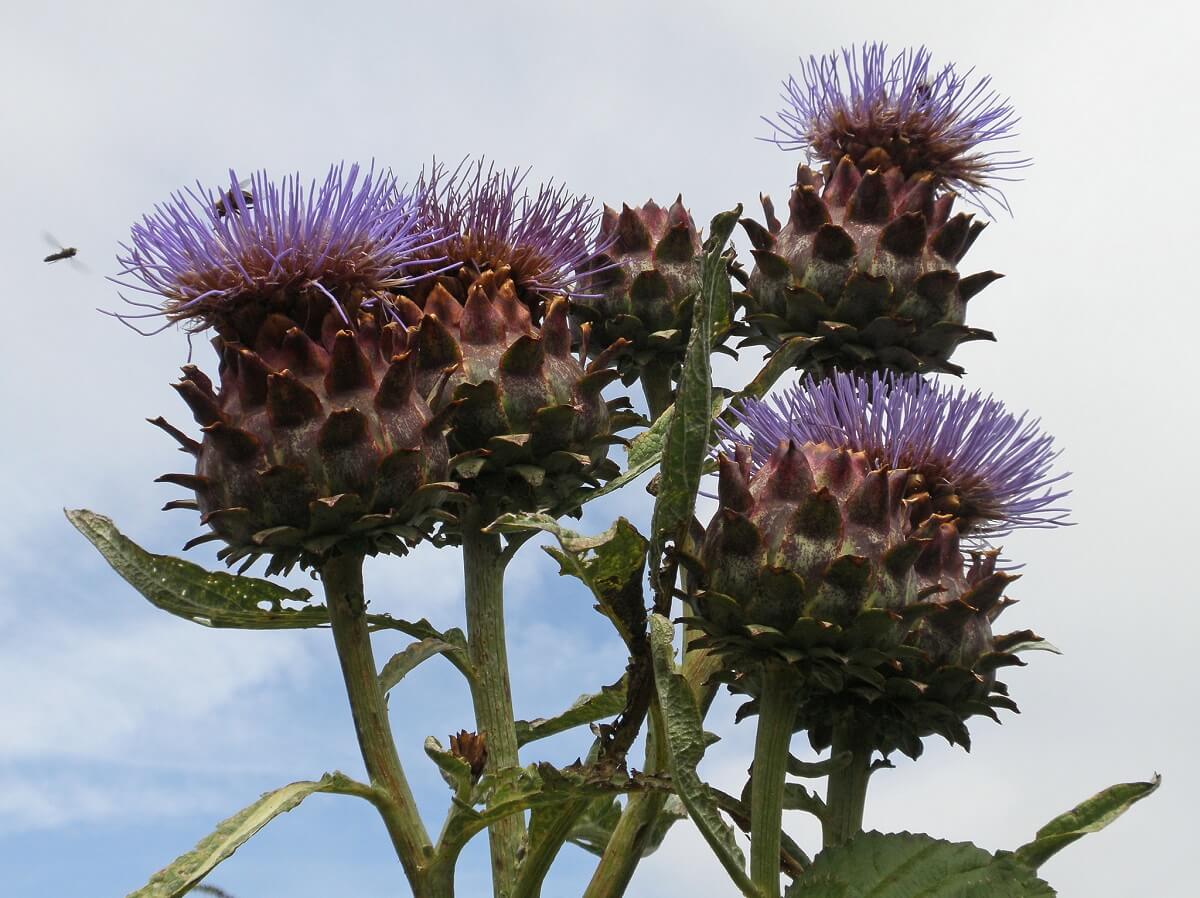



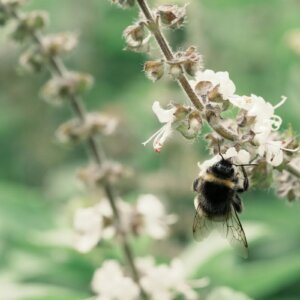
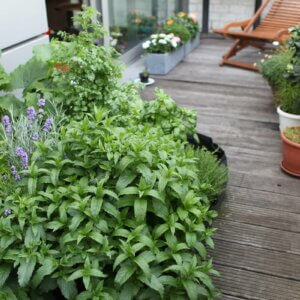









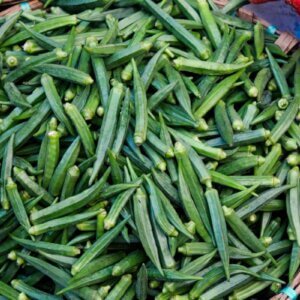






















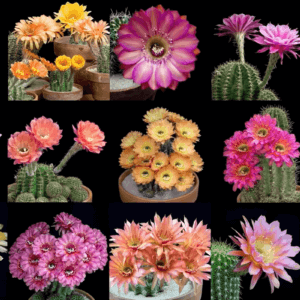


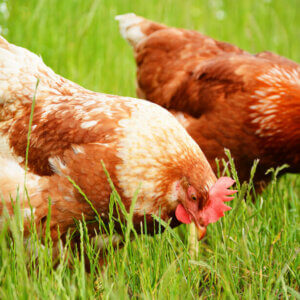
I’ve been wanting to grow cardoon someday as a rennet substitute! I’d only ever heard of it, and kept forgetting to research, so thanks for the article. It’s surprisingly pretty!
We want to produce everything we can on our homestead, and though I’ve no problem buying rennet tablets, the idea of being self-sufficient with cheesemaking is certainly a goal! And if given the choice, I’d much, MUCH rather harvest a plant than get the stomach from one of our newborn calves/kids/lambs.
I’ve never tried it, and I had no idea there were so many steps from stem to plate. Still sounds worth it to me–dipped in a garlic butter sauce, maybe? Now I’m hungry.